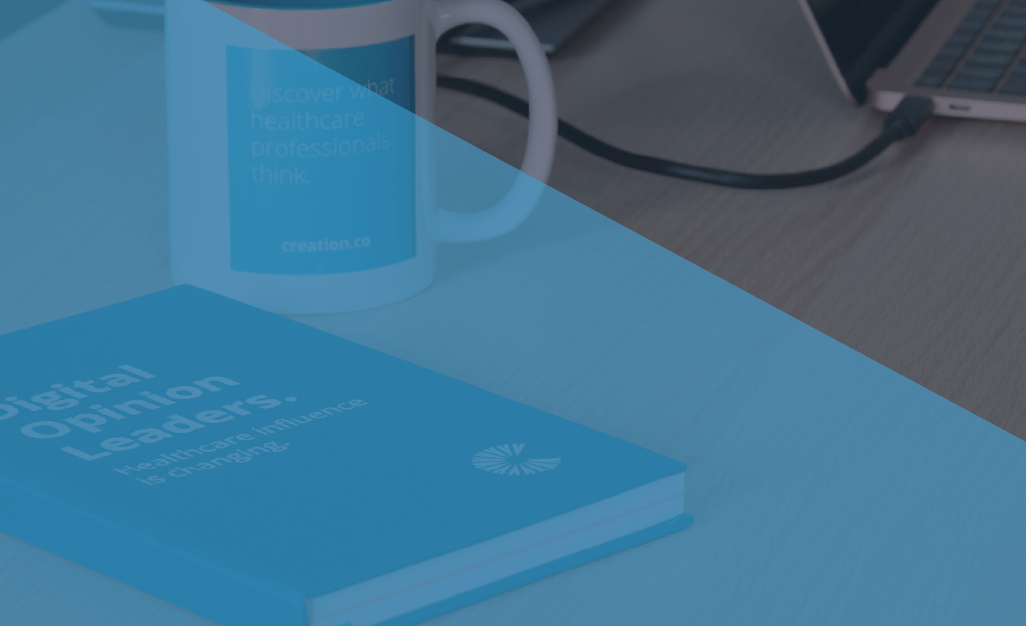Every once in a while I gain the slightest ‘glimpse of the horizon’ of emerging channels and technology platforms for healthcare and the pharmaceutical industry. It can be quite hard to really know what the future holds, and which of the many innovations will make a mark. It was therefore very apt and quite inspiring when a former colleague tweeted a quote from Alan Curtis Kay this week, which says:
“The best way to predict the future is to invent it.”
One such individual, based in Romania, is ‘inventing the future’ in the area of dedicated online monitoring for pharmaceutical companies. Together with a former high-school colleague (now in the United States), Horatiu Mocian started working full-time on Newistic in 2009, transforming it into a business. The roots of the company can be traced back to 2006, when he and Ovidiu Dan started working on a news aggregator as a hobby/research project. After participating in several ‘seedcamp’ and incubator projects throughout the following years, it was only in May 2010 that the team decided to focus completely on social media and healthcare.
Horatiu quietly approached me after a recent conference to ask if he could show us this software. Creation Healthcare had been presenting new research on ‘[intlink id=”reportable-adverse-events-research” type=”post”]Reportable Adverse Events and the Worldwide Web[/intlink]’, from which quite a few people noted our methodology for finding potentially reportable events; minimising the potential processing requirements for pharmacovigilance teams through category rules.
Our consultant team developed sets of keywords for these category rules to identify overlapping sets of online conversations which contain a brand or active ingredient, as well as a known side effect, and lastly a ‘conversational tone’ which may indicate the presence of an individual adverse event.
It is probably fair to say that any person seriously involved in the business of online engagement strategy and measurement has a suite of software and tools for passive and active monitoring. Yet many of the tools used by PR, communications, and marketing professionals for the purpose of ‘Buzz Monitoring’ or ‘historical analysis’ are in fact quite similar on many fronts, excepting for the subtle idiosyncrasies that you inevitably come to recognise with repetitive use.
Newistic has approached this concept with a completely different focus to the ‘one-size-fits-all’ monitoring competition. Their private BETA version web-based platform “scans patient communities, blogs, comments, Twitter, and other social media for the opinion of patients and specialists on drugs, pharmaceutical companies, diseases and treatments”.
While not revolutionary in terms of general monitoring features, there are a couple of more ground-breaking and potentially game-changing features which I believe are more worthy of further attention;
Automatically populating side effects
There is a built-in symptoms and diseases database which automatically searches and populates based on the conversation stream;
Direct sourcing conversations from patient communities
The tool is focused on patient communities particularly, which are selected and added based on integrity and relevance, along with partnership agreements where required.
Brand and active ingredient database
The correct taxonomy is also auto-completed for a comprehensive range of brands and generic variants;
Even with these unique and industry-specific features set aside, the piece of the story that is perhaps most exciting, is the company vision to not only very deliberately seek out and identify known side effects, but to also attempt to identify any trends or new anomalies that may benefit product development and patient safety in the future.
Challenges and solutions
Objectively speaking, one potential business challenge for such a product revolves around ‘who is the customer?’ for this product. Aside from regulatory monitoring, I believe a market-ready version of this technology could actually make the job of online pharmacovigilance significantly easier and more effective – especially by automatically processing many of the unwanted results which ordinarily can make online monitoring a laborious task.
For example, it was clearly evident through Creation Healthcare’s international monitoring research across ten therapy areas that there is a startling amount of [intlink id=”digislides” type=”post”]medicine-related Spam[/intlink] – not just in email (which most people are accustomed to) – but in blog comments, forums, micro-blogs, and social networks.
Newistic is also having to face and solve these challenges, yet I have been impressed with the speed at which changes and my own personal recommendations have been adopted within the development team. This young company is willing and able to build a tool that could really benefit health outcomes and the industry at large.
I can’t help wishing that a market-ready version of the tool had been available when we began our own study several months ago. Yet in the final analysis of our research we determined that every company can and should take an active interest in tracking down and understanding every earnest conversation about their brands. This new tool has some of the features that the major players do not, specifically for this industry.
Would you like to be involved?
If you have read this article to this point, I suspect you are sufficiently interested in this topic, and potentially even the Newistic software. If so, I would highly recommend requesting access to their private BETA program to add your voice and opinion in evolving the development of features and capabilities that will make everyone’s monitoring work easier. See their home page for more information: http://www.newistic.com/
Creation Healthcare has over twelve years’ experience partnering with professionals in some of the world’s largest pharmaceutical companies. We work behind the scenes to help them discover insights; define strategies; engage internal and external stakeholders; deploy engagement initiatives and ultimately measure great results. With consultants in over 15 countries, we provide local cultural and language insights from the ground wherever you need us. If you would like to find out how we could help you, simply get in touch for a conversation about what you want to achieve.

